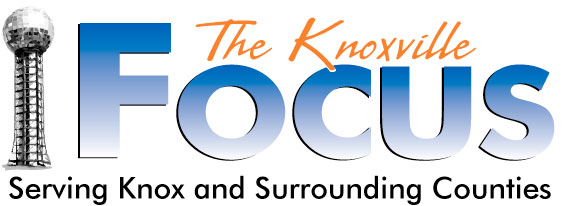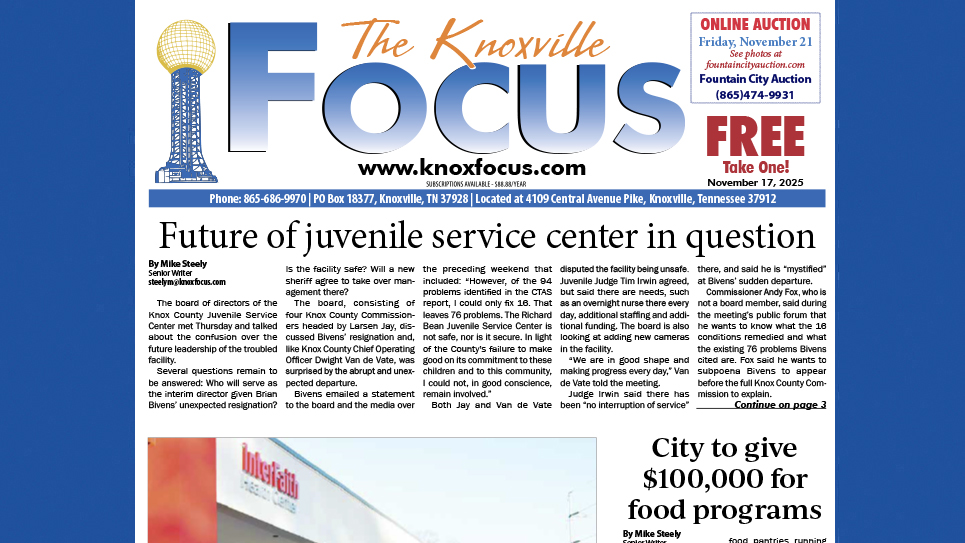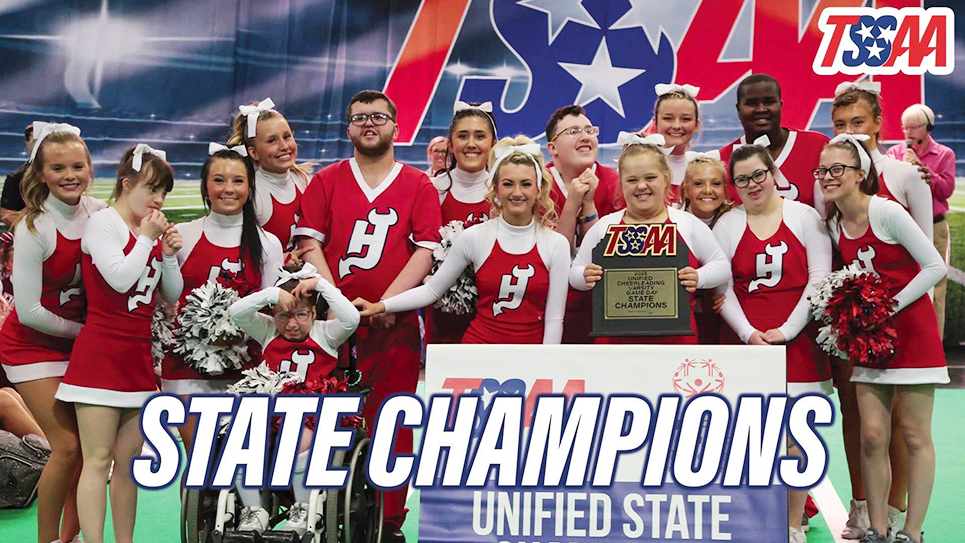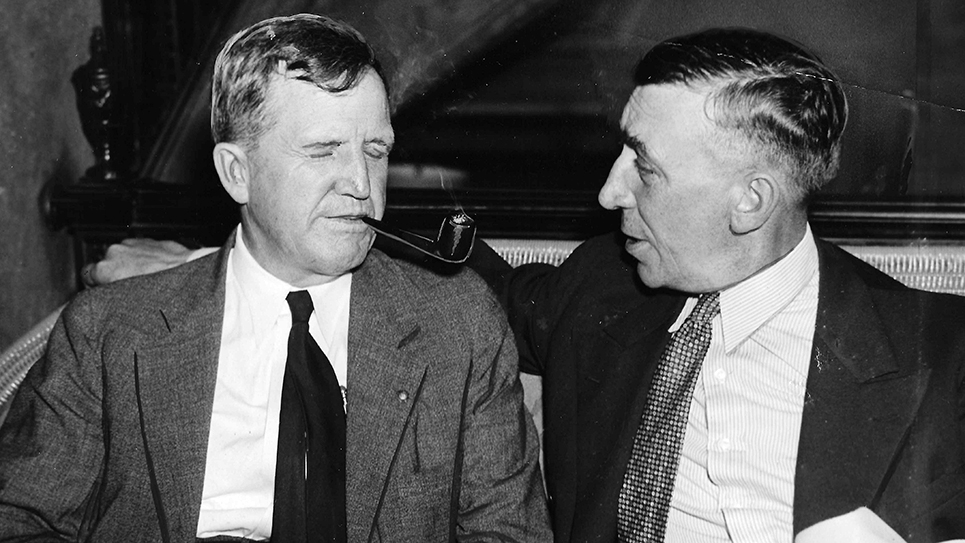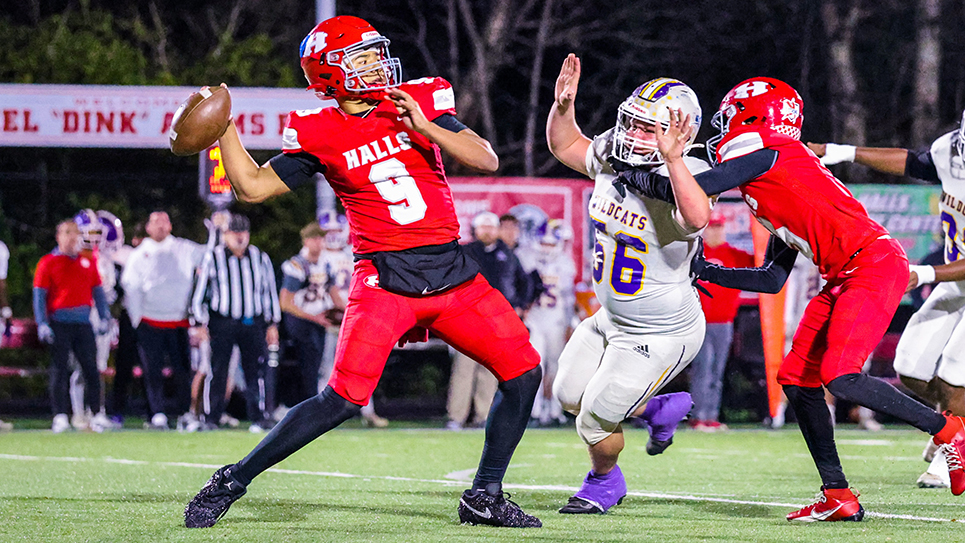‘Ordained from on high?’
By Tom Mattingly
Here’s a question for Vol fans to consider when incessant worrying about the next game on the schedule gets out of hand. It’s hardly a life or death consideration, but it’s a legitimate one regardless. With a little effort, you could make it life or death.
Does it matter which side of the football field your team stands on, East or West?
The argument goes like this.
If your bench is on the East side, your team is in the sun, regardless of the time of year. If you team is on the West, or press box side, it’s cooler. There may also be some element of tradition involved in the choice of bench area.
We all know that the Vols, whether under the tutelage of Gen. Robert R. Neyland, Bill Britton, John Barnhill, Harvey Robinson, Bowden Wyatt, or Jim McDonald, occupied the East sideline of Shields-Watkins Field. That was the sideline closest to the Tennessee dressing room just a few feet away from the field. It was a matter of convenience.
The visitors had their bench area on the West side.
Doug Dickey moved the Vol bench area to the West side in 1964, bringing the power and majesty of the team running through a large “T” formed by the band to the Vol football experience. Dickey and Dr. Jay Julian made that happen, to the point of rehearsing the most famous entrance in all of college football. Dr. Julian once said there would be an uproar of monumental proportions if, for some reason, it didn’t happen.
Things got a little iffy at times when the visitors might already be standing on the East sideline, and there might be a thought to impede Tennessee’s entrance, but reason and good manners always prevailed, and the Vols made their way onto the field.
NOTE FOR HISTORY: That 1964 move to the West side allowed Bill Battle to have stood on that side of the field as an Alabama player in 1960 and 1962 and as Vol head coach eight years later. The passage of time also allowed Doug Dickey to stand on the West side as a player in 1953 and as head coach from 1964-69. A great many things happened in the intervening seasons to make those events possible.
Tennessee’s bench area moved back to the East side in 1993, thanks to an SEC crowd control directive that prohibited home team students from sitting directly behind the opposing team’s bench. From the 1993 season opener to the 2009 home season finale against Vanderbilt, there was a left turn required after coming through the “T” from the North end.
In 2010, the Vols moved back to the West side. That also took some getting used to. It also required a right turn as the Vols came onto the field at game time.
At Alabama, it was an article of faith that during the Bear Bryant, Ray Perkins, Bill Curry, Gene Stallings, or Mike Dubose eras that the Alabama bench would be on the East side of either Bryant-Denny Stadium or Legion Field in Birmingham. It was seemingly ordained from on high.
Then came Dennis Franchione (“Coach Fran”), who had a cup of coffee in Tuscaloosa and left for supposedly greener pastures in College Station, Texas. During his tenure, the Tide bench moved to the West side of Legion Field and Bryant-Denny Stadium, with Mike Shula and Nick Saban following suit.
Tide purists might not have endorsed the idea of some opposing coach, a mere mortal, walking on the same turf Bryant and the others walked on, but that’s the way it was. Talk about challenges to tradition. Perkins got rid of Bryant’s coaching tower, and the Tide bench area moved across the field.
Not only did Alabama change sidelines, but the Tide also stopped playing at Legion Field as well. Not just for the “Iron Bowl,” but for every other game traditionally played there as well. The capacity crowds left the stadium on Graymont Avenue and moved to campus venues at Tuscaloosa and Auburn. The “Football Capital of the South” now seems to be a shadow of its former self.
What the city of Birmingham and Alabama boosters once considered a divine right yielded to the economic reality of larger stadiums on each campus. Somehow playing a “home game” more than 50 miles from Alabama’s campus and at least 100 miles from Auburn’s seems foolish.
As we think about all this, it’s likely we’re all getting a bit addled, waiting for the next contest on the schedule and still worrying, perhaps, about the game location and set-up of the field. What it’s really all about, however, are the rivalries that command our attention each Saturday in the fall. Everything else is merely prologue.
